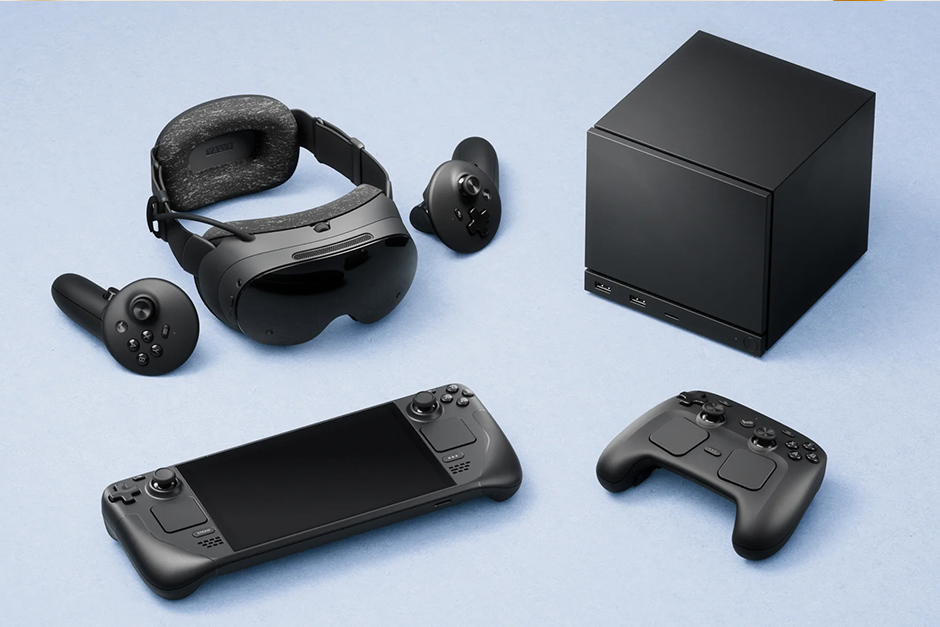For years, the gaming console landscape has been a predictable duopoly. Xbox and PlayStation, locked in an annual arms race of graphical prowess and exclusive titles, have largely dictated how we play in our living rooms. Then, Valve, the undisputed titan of PC gaming platforms, decided to step into the arena. Not with a traditional console clone, but with something far more audacious: the Steam Machine. This wasn’t just another box; it was a philosophical statement, an open-source gauntlet thrown at the feet of the industry’s closed ecosystems.
The Living Room Liberation Front
Valve’s vision for the Steam Machine was clear: to bring the vast, diverse, and often superior world of PC gaming directly to your couch. No longer would gamers have to choose between the high fidelity and moddability of a desktop rig and the convenience of a console. The Steam Machine aimed to marry the two. Running on SteamOS, a Linux-based operating system tailored for gaming, it promised access to the colossal Steam library – thousands upon thousands of titles, many at prices far more competitive than typical console storefronts.
What truly set it apart was the open hardware model. Unlike Xbox or PlayStation, which offer a single, fixed hardware configuration for an entire generation, Steam Machines were designed to be built by multiple manufacturers, offering a range of specifications and price points. This meant potential for upgradability and choice, a stark contrast to the console world’s “buy it and forget about it” approach. It was a bold move, attempting to inject the spirit of PC modularity into the console space, giving players unprecedented control over their gaming experience.
Redefining Control: The Steam Controller
Central to the Steam Machine experience was its innovative, if polarizing, controller. Valve understood that simply porting PC games to a gamepad often felt clunky or inadequate, especially for genres like strategy or first-person shooters traditionally played with a keyboard and mouse. Their solution was a radical departure from conventional designs, featuring dual trackpads, haptic feedback, and a customizable layout designed to emulate the precision of mouse input while retaining the comfort of a controller.
The Steam Controller was not for everyone, requiring a learning curve that some found too steep. Yet, for those who embraced its unique capabilities, it offered a level of customization and control previously unthinkable on a console gamepad. It was an embodiment of Valve’s willingness to challenge conventions, even if it meant alienating some traditionalists. As one longtime gamer, Sarah Chen, aptly noted, “Valve didn’t just want to make another console; they wanted to bring the best of PC gaming to the living room without compromising the freedom we love.” This ethos extended from the software to the very input device.
An Open Challenge to a Walled Garden
The Steam Machine wasn’t just about hardware or a new controller; it was about the philosophy of open gaming. Valve positioned it as an alternative to the increasingly closed, restrictive ecosystems built by Microsoft and Sony. With SteamOS and its Linux foundation, the door was open for developers, modders, and players alike to tinker, customize, and innovate in ways that proprietary consoles simply wouldn’t allow. It promised a future where your games weren’t locked to a single platform or storefront, and your hardware wasn’t obsolete the moment a new generation launched.
While taking on established giants like Xbox and PlayStation is an uphill battle, Valve’s venture with the Steam Machine served a vital purpose. It demonstrated that there are other ways to build a living room gaming experience, proving that the principles of openness, choice, and PC-centric gaming could indeed have a place alongside traditional consoles. It was a powerful reminder that innovation often comes from challenging the status quo, pushing the industry to consider new possibilities beyond the familiar console cycles.
The Steam Machine, in its essence, was Valve’s declaration of independence for living room gaming. It represented a bold attempt to give gamers more control, more choice, and a more open platform in a market dominated by carefully curated experiences. Whether it ultimately reshaped the console landscape or simply served as a potent proof-of-concept, its arrival undoubtedly sparked conversations and inspired ideas that continue to influence the future of how and where we play.




